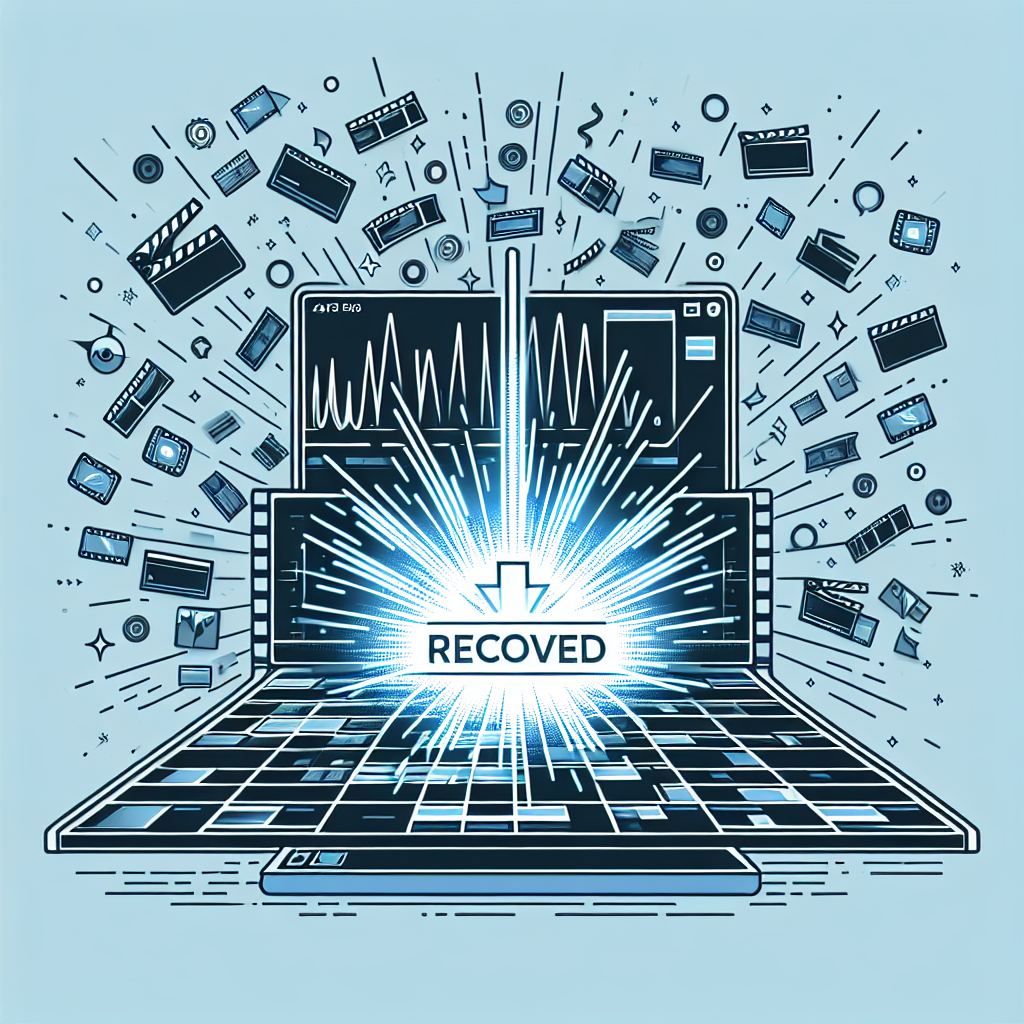Introduction
Working on complex projects in Adobe After Effects can be time-consuming and demanding. Losing unsaved work due to unexpected crashes or power failures can be frustrating. Fortunately, there are several methods to recover unsaved work in After Effects, ensuring that your creative efforts are not lost. This article guides you through the steps to recover unsaved projects and provides tips to prevent data loss in the future.
Understanding Auto-Save in After Effects
Adobe After Effects comes with an Auto-Save feature that periodically saves your project file at specified intervals. This feature is crucial for minimizing data loss in case of unexpected interruptions. By default, Auto-Save is enabled, but it’s essential to ensure that it’s correctly configured to suit your workflow.
Enabling and Configuring Auto-Save
To ensure Auto-Save is active and configured properly:
- Access Preferences: Go to Edit > Preferences > Auto-Save….
- Set Save Intervals: Specify how frequently After Effects should save your project. A common setting is every 5-10 minutes.
- Number of Versions: Decide how many Auto-Save versions to keep. Keeping multiple versions provides multiple recovery points.
Steps to Recover Unsaved Projects
Using Auto-Save Files
If After Effects crashes or closes unexpectedly, you can recover your unsaved work using the Auto-Save files:
- Navigate to the Auto-Save Folder: By default, Auto-Save files are stored in a folder named Adobe After Effects Auto-Save within your project’s directory.
- Locate the Latest File: Open the most recent Auto-Save file, usually named with a timestamp or version number.
- Open in After Effects: Launch After Effects and open the Auto-Save file to retrieve your work.
Temporary Files Recovery
After Effects often creates temporary files during project sessions. These can sometimes be used to recover unsaved work:
- Access Temporary Files: Go to your system’s temporary directory. On Windows, this is typically C:\Users\[Your Username]\AppData\Local\Temp\, and on macOS, /Users/[Your Username]/Library/Caches/Adobe/After Effects/[version].
- Search for Relevant Files: Look for files with extensions like .ae1sa or other After Effects-related temporary formats.
- Recover and Open: Copy the temporary file to a safe location and try opening it in After Effects.
Using After Effects’ Crash Recovery
After Effects has built-in crash recovery features that attempt to restore your work after a crash:
- Automatic Recovery Prompt: Upon restarting After Effects after a crash, the software may automatically detect unsaved projects and prompt you to recover them.
- Check Recent Projects: If no prompt appears, check the File > Open Recent list to see if your project is listed there.
Preventing Data Loss in the Future
Regularly Saving Your Work
While Auto-Save is a valuable feature, it’s essential to develop a habit of manually saving your work frequently. Use keyboard shortcuts like Ctrl + S (Windows) or Cmd + S (macOS) to save your project regularly.
Using Version Control
Implementing a version control system can help manage different versions of your project files effectively. Tools like Git can be configured to track changes in After Effects projects, providing an additional layer of protection against data loss.
Backing Up Your Projects
Regular backups are crucial. Use external drives or cloud storage solutions to back up your After Effects projects. Automated backup systems can ensure that your latest work is always stored securely.
Additional Tips and Best Practices
- Monitor System Performance: Ensure your computer meets After Effects’ system requirements to prevent crashes.
- Keep After Effects Updated: Regular updates often include bug fixes and improvements that enhance stability.
- Avoid Overloading Projects: Large, complex projects are more prone to crashes. Consider optimizing your workflow by splitting projects into smaller segments if possible.
Conclusion
Losing unsaved work in Adobe After Effects can be a significant setback, but with the right strategies, you can recover most, if not all, of your progress. By understanding and utilizing Auto-Save features, managing temporary files, and adopting best practices for data management, you can minimize the risk of data loss and ensure a smoother, more reliable editing experience.

